In 2011 DÖRKEN launches the new functional coating Delta Liquixx onto the market, with the progression of the drying process indicated via the changing blue colour. In 2013 Delta-Maxx Polar is introduced as a holistic renovation solution for pitched roofs.
2015 sees the establishment of a new spun-bonded fabric production facility in Hagen Vorhalle. At the same time, the Multitexx is founded, developing, manufacturing and selling spin-bonded fabrics to industry.
In 2016 an outsider assumes the position of CEO of the family-owned company for the first time: Thorsten Koch. Ute Herminghaus and Karl E. Dörken move to the supervisory board.
In 2017 Ewald Dörken AG celebrates its 125th birthday with a big party for employees, customers and business partners. At the same time, Dörken MKS is awarded the “Top Job” distinction.
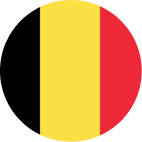 Belgium nederlands
Belgium nederlands Belgium français
Belgium français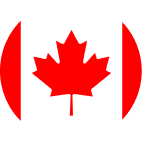 Canada english
Canada english Canada français
Canada français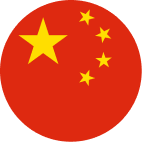 China chinese
China chinese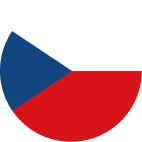 Czech Republic čeština
Czech Republic čeština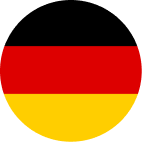 Deutschland deutsch
Deutschland deutsch France français
France français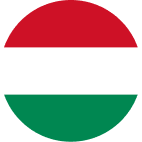 Hungary magyar
Hungary magyar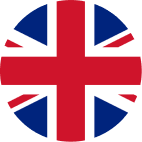 International english
International english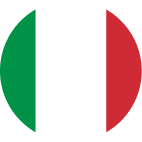 Italy italiano
Italy italiano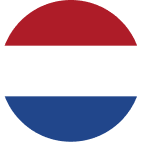 Netherlands nederlands
Netherlands nederlands Poland polski
Poland polski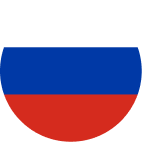 Russia русский
Russia русский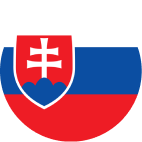 Slovakia slovenčina
Slovakia slovenčina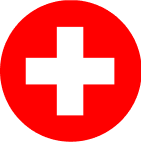 Switzerland français
Switzerland français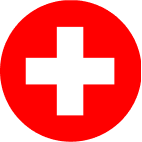 Switzerland deutsch
Switzerland deutsch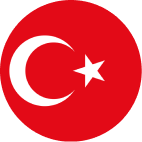 Turkey Türkçe
Turkey Türkçe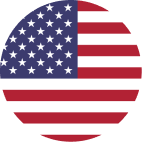 USA english
USA english